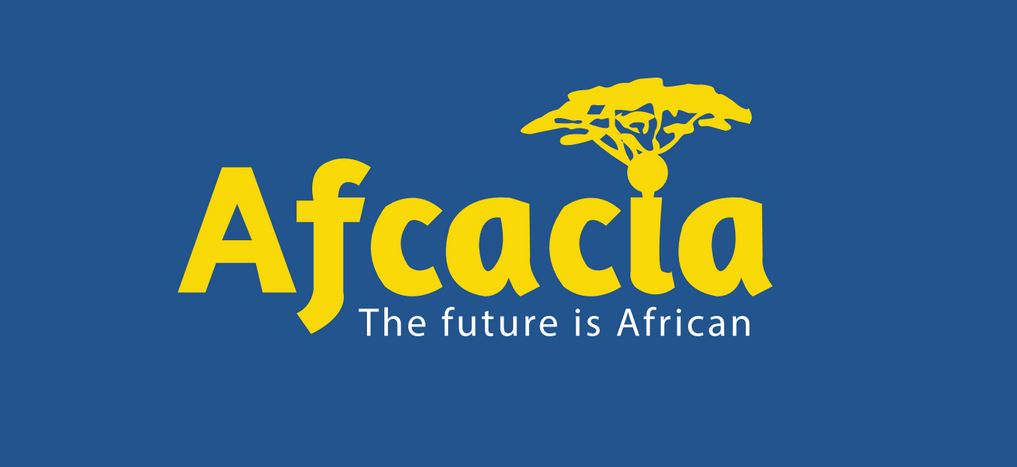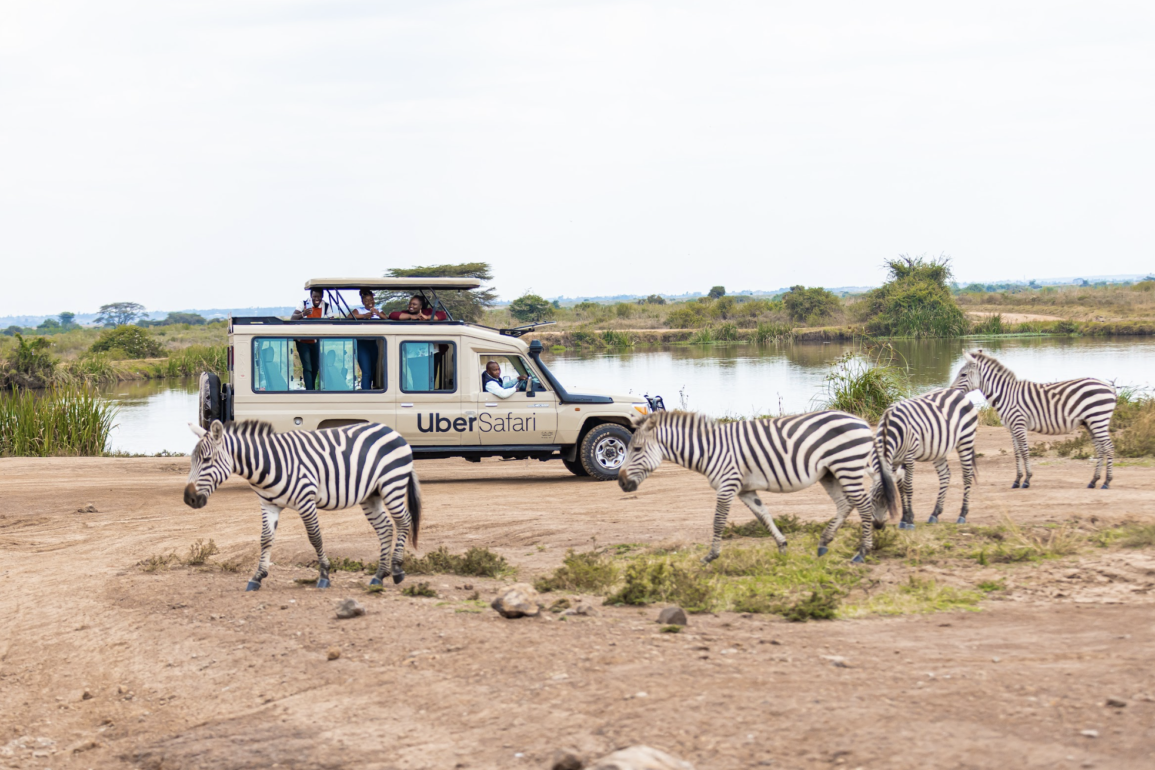Uber has spent the past decade transforming mobility in Kenya, but its latest move could redefine one of the country’s most valuable industries — tourism. As part of its 10-year anniversary celebrations, the company has launched Uber Safari, a new product category offering tailored safari experiences in Nairobi National Park. By bringing safaris into the Uber app, the company is positioning itself not just as a transport solution, but as a key disruptor in Kenya’s $3.6 billion tourism sector.
Uber Safari promises seamless, on-demand access to wildlife adventures in the world’s only national park within a capital city. Riders can now choose between a Day Safari or Night Safari, pre-book through Uber Reserve, and be picked up in a fully licensed Land Cruiser operated by local tour companies. Each journey includes a licensed guide and a three-hour experience, blending technology with tradition and linking urban convenience to wilderness immersion.
Speaking at the launch, Imran Manji, General Manager for Uber in East Africa, said the move will unlock new ways for people to connect with wildlife heritage. “This product is designed to make safaris more accessible and convenient for both local residents and international visitors, while driving new earning opportunities for drivers and communities that rely on tourism. As we mark 10 years in Kenya, Uber Safari reflects our continued commitment to building products that matter.”
The move could reshape the competitive landscape for tour operators. By opening its platform to local safari fleets, Uber is offering operators direct access to its massive rider base and booking technology. Land Cruiser owners and guides can now plug into Uber’s ecosystem, potentially driving higher volumes of tourist bookings than traditional channels. This shift could democratize safari access while creating new income streams for local businesses.
Anabel Díaz, Vice President for Uber in Europe, Middle East and Africa, emphasized this cultural and economic convergence, saying the product “truly embodies innovation rooted in local culture.” He added: “Uber Safari is a symbol of how technology and tradition can come together to deliver meaningful impact, from strengthening the tourism sector, to supporting livelihoods, to offering riders experiences they will never forget.”
The launch comes at a crucial time. Tourism remains a cornerstone of Kenya’s economy, contributing 10.4% of GDP and 5.5% of formal employment. In 2023, Uber says its platform facilitated $21 million in additional value for the tourism sector, with its drivers earning 37% more than their next best alternative. Now, with Uber Safari, the company is signaling its ambition to extend its disruption from city streets to game drives.
Uber’s entry into Kenya’s tourism space with Uber Safari doesn’t just expand its own market footprint, it sets a precedent that could pressure competitors like Bolt to respond. For years, Bolt and Uber have been locked in head-to-head battles for dominance in Kenya’s ride-hailing sector, competing on everything from lower commissions for drivers to innovative safety features. With Uber now staking a claim in the lucrative tourism industry, Bolt will likely feel compelled to explore its own version of a tourism-focused product.
For now, the service is exclusive to Nairobi National Park, but its potential reach is hard to ignore. If extended to global hotspots like the Maasai Mara, Amboseli, or Tsavo National Parks, Uber could radically shift how safaris are booked and experienced. Expansion, however, hinges on Google Maps updates, since Uber currently operates only in Nairobi, Mombasa, Kisumu, Eldoret, Nakuru and Naivasha, where maps are reliable.
What Does This Mean For Local Tour Operators?
For mid-sized tour operators, customer acquisition has always been the hardest part of the business. Uber Safari gives them access to Uber’s large user base, including international tourists who often download the app as soon as they land in Nairobi. That visibility could translate into higher bookings, especially for operators who previously lacked digital marketing budgets or online distribution channels.
On the flip side, Uber’s model is built around transparency and standardization of pricing. If safari trips are offered at fixed or app-driven rates, tour operators may see downward pressure on the higher margins they once commanded, especially for tourists unfamiliar with local rates. Uber’s platform could effectively commoditize safari tours, making it harder for operators to charge premiums unless they differentiate with value-added services.
Traditionally, tour operators own the client relationship, from first inquiry to after-sales service. With Uber Safari, Uber becomes the gatekeeper of that relationship, owning the booking experience, payments, and initial trust. Operators risk being reduced to service providers behind Uber’s brand, rather than independent businesses showcasing their own unique identities.
However, Because Uber Safari works in partnership with Kenya Wildlife Services and the Tourism Regulatory Authority, operators onboarded onto the app will likely need to meet stricter licensing, vehicle, and guide standards. While this raises operating costs for some, it could also elevate industry professionalism and weed out non-compliant operators, strengthening Kenya’s tourism reputation overall.
Whether this new model will complement or compete with Kenya’s traditional tour ecosystem remains to be seen. But one thing is clear: by embedding safari experiences into its platform, Uber has taken its first bold step toward becoming a central player in the country’s tourism industry, and potentially reshaping how millions experience Kenya’s wild.




